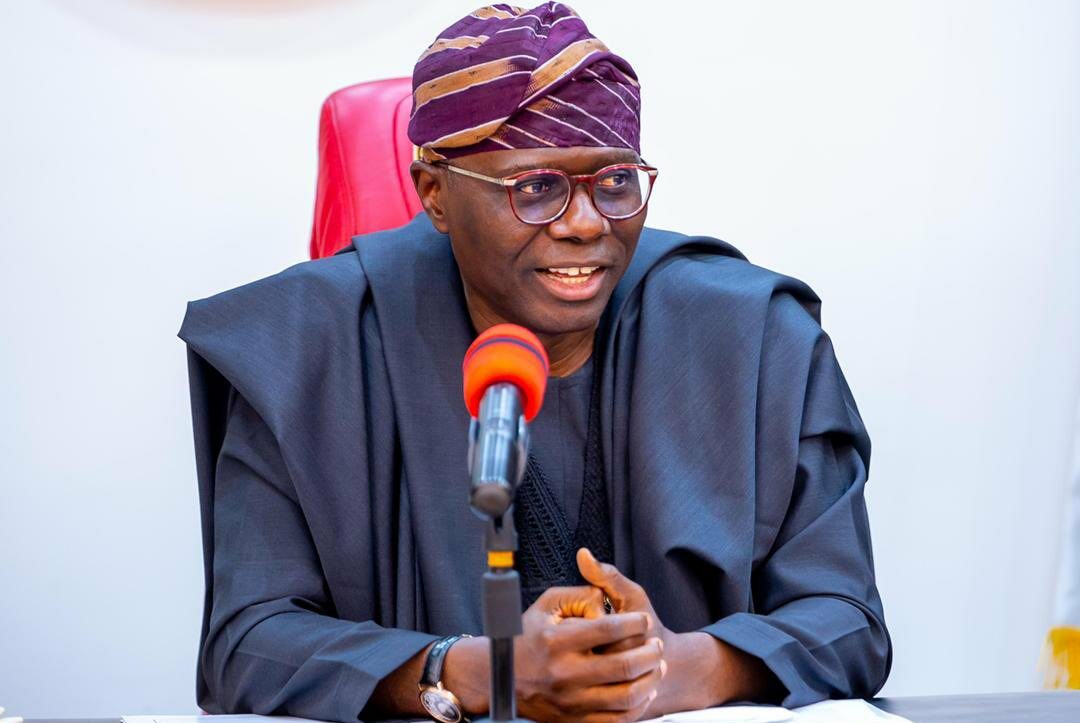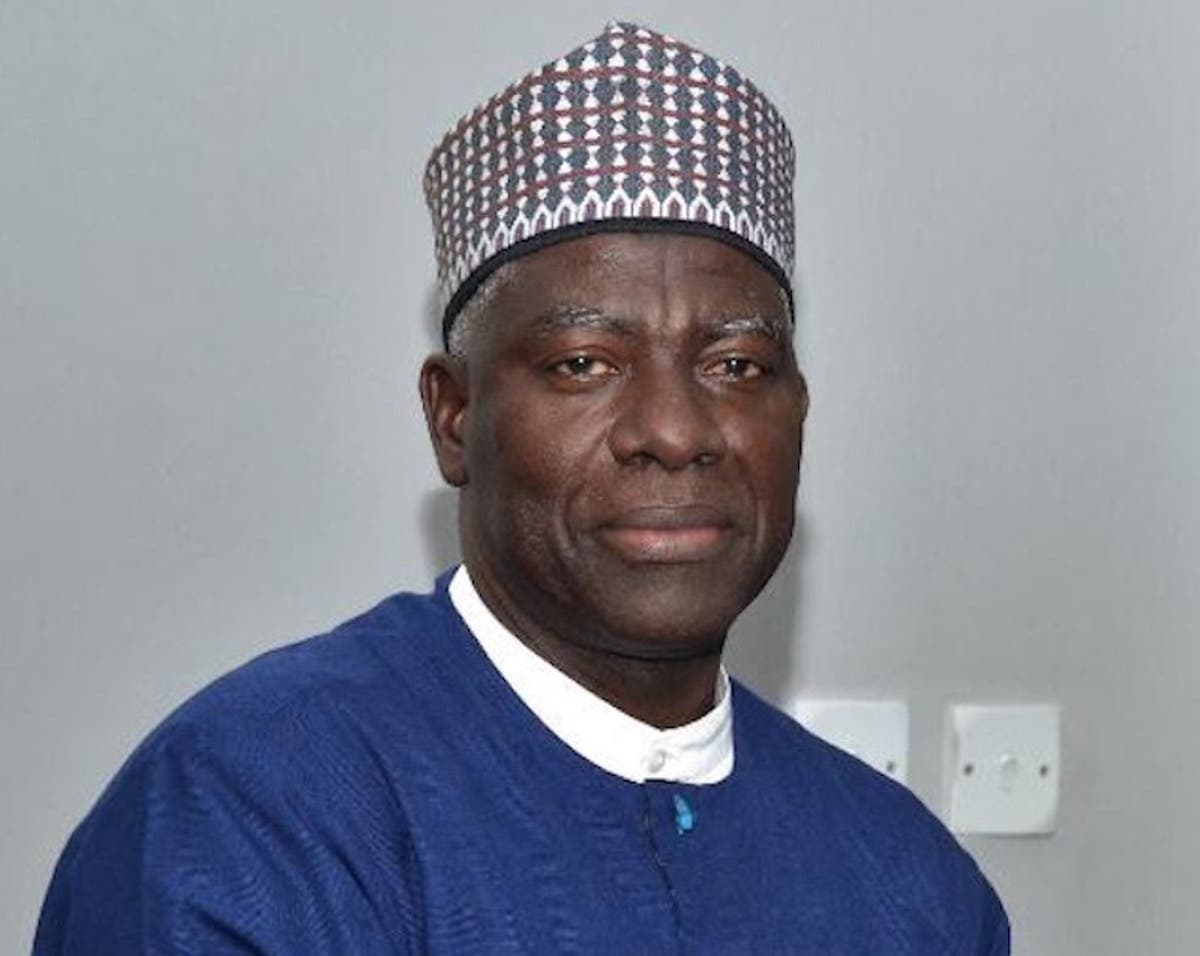Category: Uncategorized
-

Lagos Govt Pushes For Special Status, To Legislate 37 LCDAs
The Lagos State Government has expressed its determination to push for a ‘special status’ for the state in the ongoing constitution review.The state government has also resolved to explore all avenues to reintroduce the issue of the 37 Local Council Development Areas (LCDAs) in the ongoing Constitutional Review process, to legislate the Council Development Areas.This…
-

APC Sets Date for Ondo Governorship Primaries on April 25, Nomination Fee Fixed at N50 Million
By Milcah Tanimu The All Progressives Congress (APC) has announced the timetable for its gubernatorial candidate selection process in Ondo State, setting April 25, 2024, as the date for the primaries ahead of the November 16, 2024, governorship election. Released late Monday and signed by the party’s National Organising Secretary, Sulaimon Argungu, the timetable outlines…
-
Army Rescues 16 Kidnap Victims in Kaduna Operation
By Milcah Tanimu Troops from the 1 Division Nigerian Army have foiled a kidnapping attempt by a violent extremist group, rescuing abducted individuals in Tantatu Community of Kajuru Local Government Area, Kaduna State. In a statement released by the Director of Army Public Relations, Maj.-Gen. Onyema Nwachukwu, the operation unfolded following actionable intelligence received on…
-

Rights Group Commend DSS DG for his commitment to fighting crime
A rights group, Rising-Up for a United Nigeria (RUN), has commended the Director General (DG) of the Department of State Security Service (DSS) Alhaji Yusuf Magaji Bichi, CFR for commitment to fighting criminality leading to the repositioning of the Service as a globally recognised Security Intelligence Agency. RUN, in a press release signed by its…
-
National Security: Follow Lagos, Borno Model, Olokoba Tells Governors
Comrade Razaq Olokoba, an activist, Convener of Campaign for Dignity in Governance and Coalition of 70 Civil Society Organisations, has advised President Boal Tinubu on measures to take against the spate of insecurity across Nigeria.Olokoba’s made known his thought in a piece.The piece reads: That Kaduna-based Islamic cleric, Sheikh Ahmad Gumi Gumi, can work with…
-
Budget Padding: Disregard Attacks from Misguided Elements Bent on Destabilising Tinubu’s Administration, Northern Group Urges Nigerians
As hordes of media and underhand wars rage regarding the allegations of budget padding against the Senate by the now suspended Senator Abdul Ahmed Ningi, the Northern Frontier Watch (NFW), has come forward to reiterate the innocence of the Senate, warning those bent on destabilising the current administration to desist forthwith or face the full…
-
CSOs Pass Vote Of Confidence INEC Chair, Dismiss Attacks
The Coalition of about 300 Civil Society Organisations in Nigeria, COCSON, Friday, vehemently condemned calls for the sack of Chairman, Independent National Electoral Commission, INEC, Prof Mahmood Yakubu. The Coalition made the condemnation during a press conference held in Abuja, where they said a particular group, United Nigerians Diaspora, UND, made the allegations with threats…
-

Monarchs hail INEC chair’s performance, urge UK govt to discard visa ban calls
Traditional rulers under the auspices of Nigerian Traditional Rulers Council, NTRC, Friday, urged the United Kingdom, UK, to discard visa ban calls on the Chairman, Independent National Electoral Commission, INEC, Prof Mahmood Yakubu by some person. This was contained in a letter addressed to the British High Commissioner, and signed by the some traditional ruler,…
-

WHO IS AFRAID OF BICHI?
By Tunde Kayode SOMETIMES, BEING HATED FOR DOING GOOD IS THE PRICE ONE MUST PAY FOR REFUSING TO COMPROMISE ON INTEGRITY- UNKNOWN I have watched with keen interest, the relentless attempts by different groups and sponsored individuals to tarnish the reputation of the Director General of the Department of State Services, Alhaji Yusuf Magaji Bichi.…
-

Get Ready to Groove Kanwulia Releaaes ‘Amerikana’ Album and Lagos “Who’s That Girl Tour”?
Get ready to groove, Lagos! The city’s music scene is about to get a volcanic shake-up as Nigerian-American sensation Kanwulia gears up for a musical adventure. With her official ‘Amerikana’ album release and the commencement of her “Who’s That Girl?” City tour this Easter, Kanwulia is set to light up the stage with her electrifying…